- by veterinarian Dr. Leonie Kondert
From the Azawak, to the Borzoi, the Deerhound, the Galgo Espagnol and the Greyhound to the Whipet and the Greyhound: we are talking about the representatives of FCI Group 10. There are long-haired or feathered greyhounds, rough-haired or short-haired.
They come from the Middle East, from Russia or Morocco as well as from Spain, Great Britain or Hungary. Whether big or small - two attributes can be attributed to them all: long legs, long nose. We love them all. But why are they so different? They are graceful and proud, when they really get going, everyone in the audience holds their breath.

A greyhound can run up to 72km if it wants to. That's impressive - even for anyone who isn't actually a fan. Many children think that they look very funny, like a character from a cartoon. The proportions of their body seem almost disproportionate compared to other dogs: the small head and the deep chest, the super long legs, the big ears and the long tail. Why they actually look like this can be easily explained from a physio-ecological point of view using Bergmann's rule.
About the appearance of greyhounds - a journey into the past
Or more or less simple. This rule states that animals with large body surface areas and low body mass find it much easier to give off heat. Another law, Allen's rule, states that animals with extremely large ears and a long tail find it even easier to regulate their temperature. Perfect for all species that cannot sweat and the ideal conditions for a visual hunter in high heat. In order to increase the number of red blood cells, evolution has come up with something very special. This means your muscles can be supplied with even more oxygen. This fact has given many a veterinarian pause when reading a greyhound blood test.

After all this theoretical knowledge, you're probably wondering how my personal love story with greyhounds actually began.
It must have been when I was four or five years old when I first consciously noticed the image of a Saluki. It was an old drawing on the stable door of our horse stable. There was an Arabian mare pictured with several greyhounds. “These animals are the epitome of beauty, perfection, indomitability and freedom,” my father explained to me at the time. From the tone of his voice and the twinkle in his eyes, I could tell that these attributes were special and desirable. The foundation for my love of greyhounds had been laid.
These animals were said to be almost “holy” and not just by my father. An oral story says that greyhounds were never sold among the Bedouins, but were only passed on as a sign of friendship. If a dog had a white marking on its forehead, it was considered to have been “kissed by Alah” and was therefore blessed with exceptional speed and a lot of courage.
The first records of dogs of this type do not come from the Bedouins, but go back even further - to ancient Egypt. Depictions of slim, long-legged hunting dogs date from the 4th millennium BC. These were called Tesem and are similar in phenotype to today's Podenco.
This type of dog has been around for 6,000 years. However, greyhounds haven't been around in my life for that long.
It was in 2017 when I had the great fortune of living with a female greyhound for the first time. I was deeply impressed by her courage and kindness as well as her incredible ability to communicate exactly what she was thinking with her facial expressions and body language. I had never experienced that before. She was so sensitive that it seemed to me that just thinking about something was enough to make her do something. No order was necessary. Quite the opposite. It seemed to me that it was almost disrespectful to give her strict orders. Whenever such an incident occurred, she always stopped communicating with me completely for a few days. This dog changed my life and also the way I communicate with all my patients - regardless of species. She made me realize that everyone speaks their own language and also that all my patients need a lot of space to communicate what is important to them.

Photo Credit: Dr. Leonie Kondert (her greyhound Floxi can be seen in the photo)
Greyhounds and hunting - an unfortunately very dark chapter
Unfortunately, there is also a very dark chapter that should not go unaddressed here. Where there is high performance, there is also a lot of pressure and strong selection. We humans often have a “gift” for enriching ourselves with the beauty of nature with an indescribable greed and causing a lot of suffering in the process. Whether at the greyhound races in Ireland, at the hare hunt in Spain or at the prestigious races in the Middle East - many fall by the wayside. An industry that produces thousands of puppies every year only to later eliminate any that don't look promising. It is sad that society allows a few people to enrich themselves by exploiting these dogs.

I believe we should ask ourselves where a person gets the right to control another life.
The answer is probably clear to everyone who reads this article - and it is now up to us to reach out to those who do not understand this and not to stop looking for solutions that enable these wonderful animals to live a life that corresponds to their gentle nature.
This brings us full circle and I look forward to learning a lot from the greyhounds in the coming decades - about the mysterious knowledge that has been passed on by them over thousands of years.


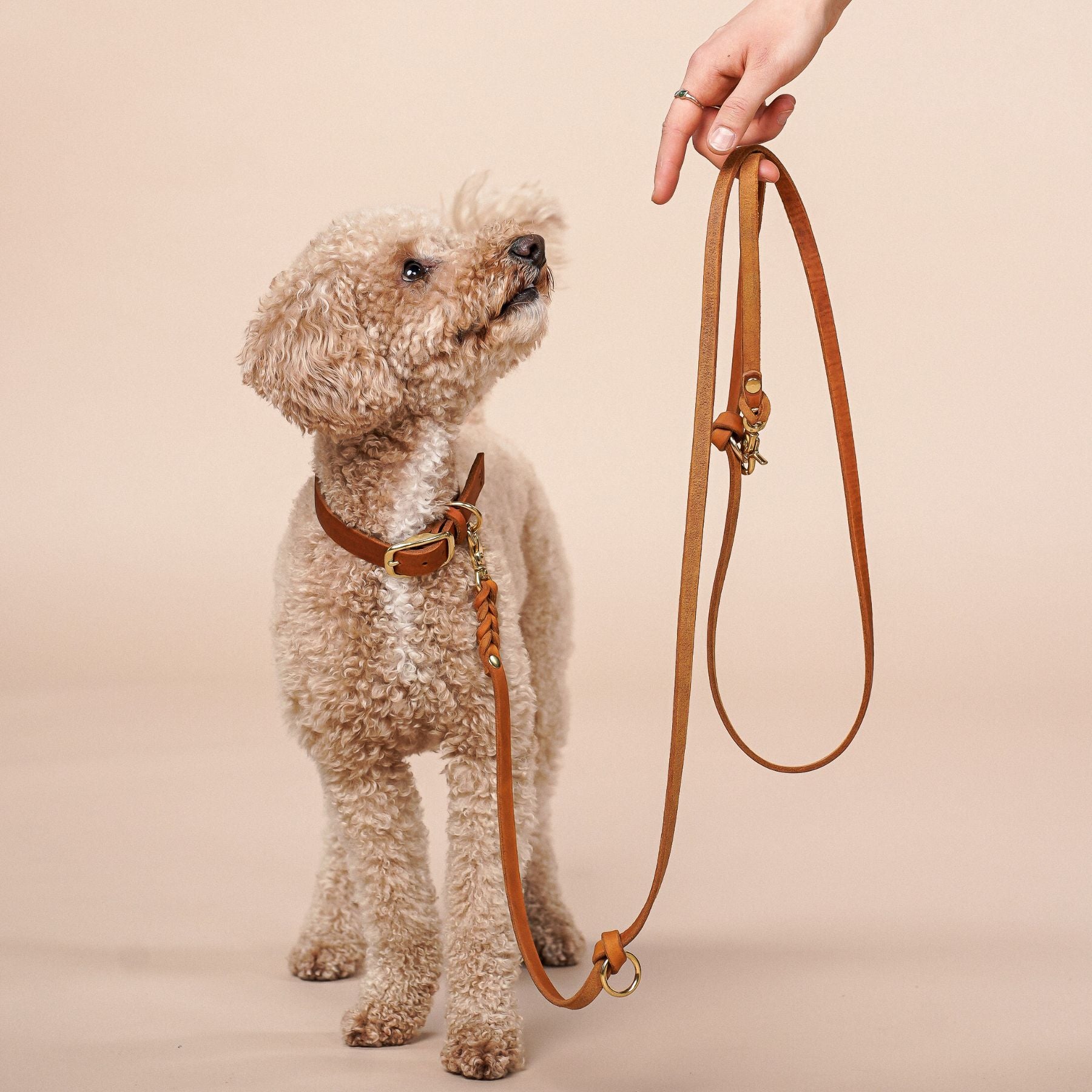
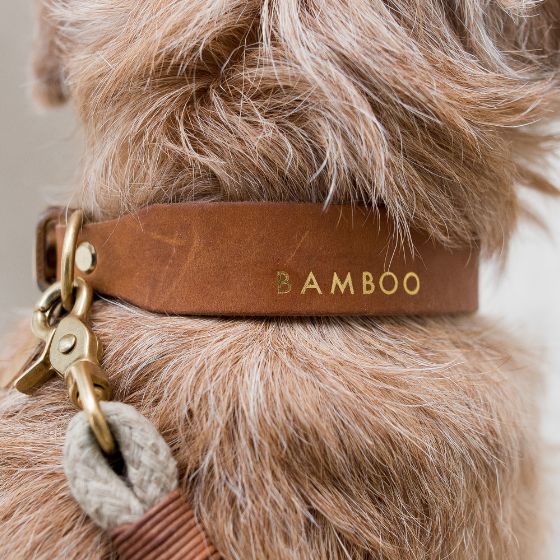
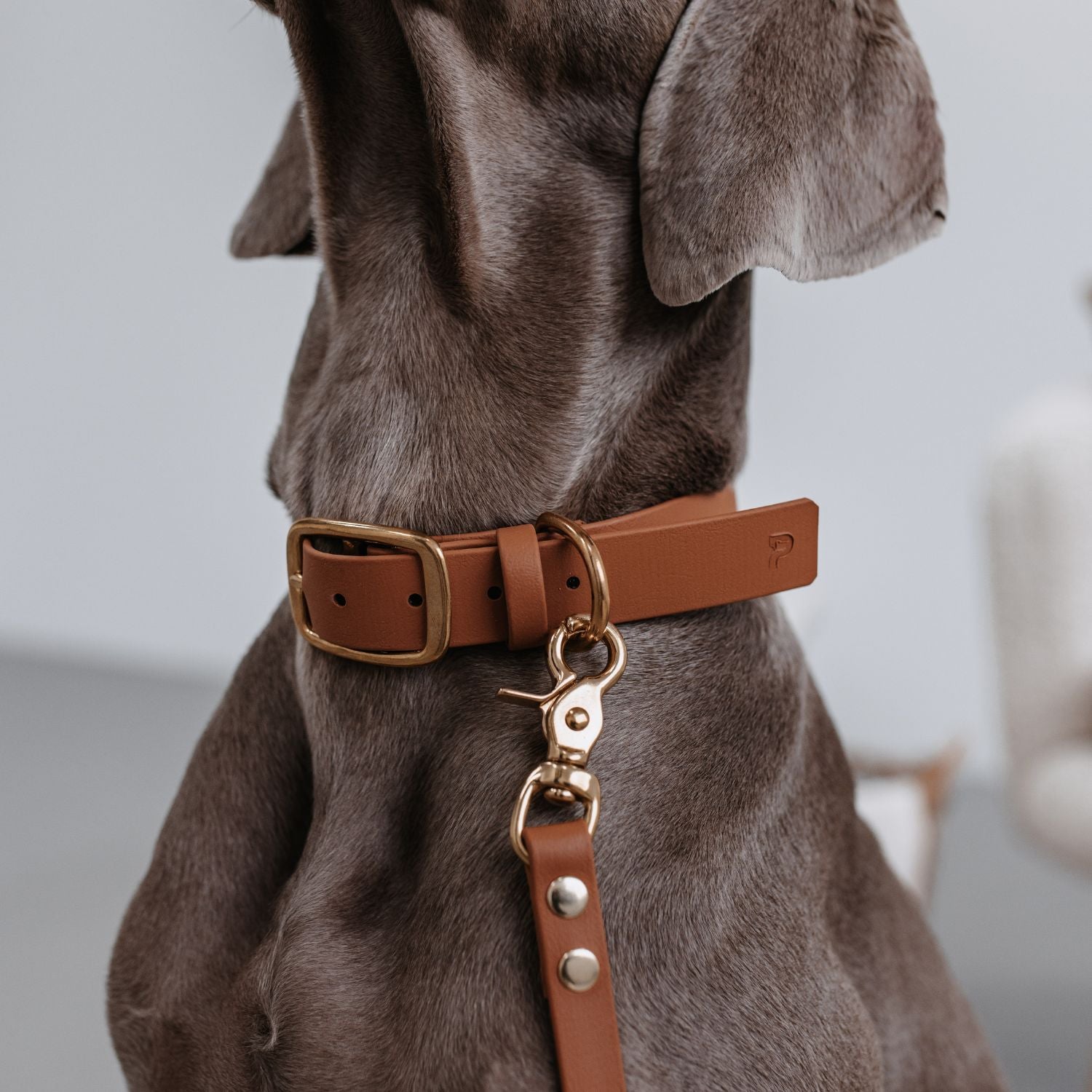
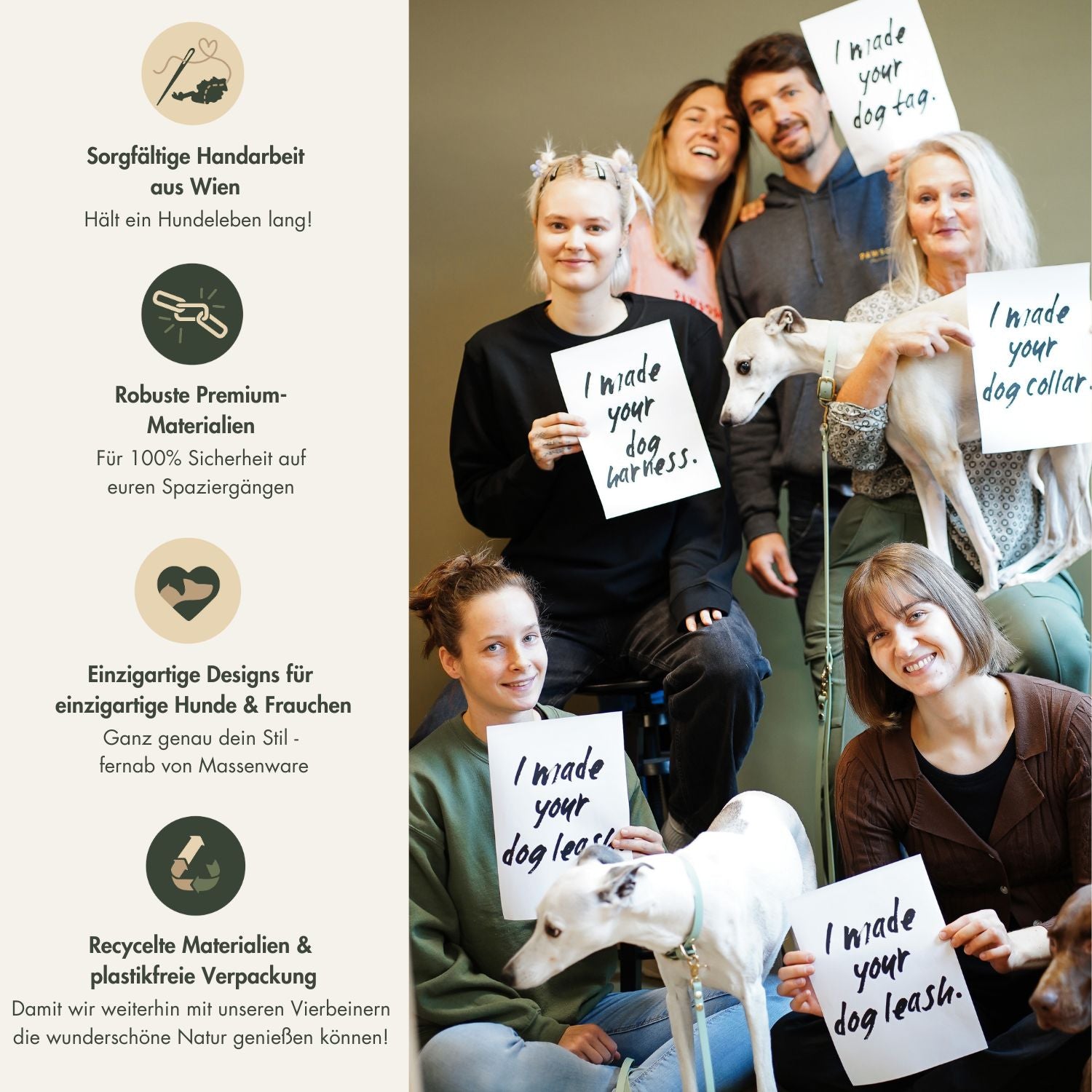

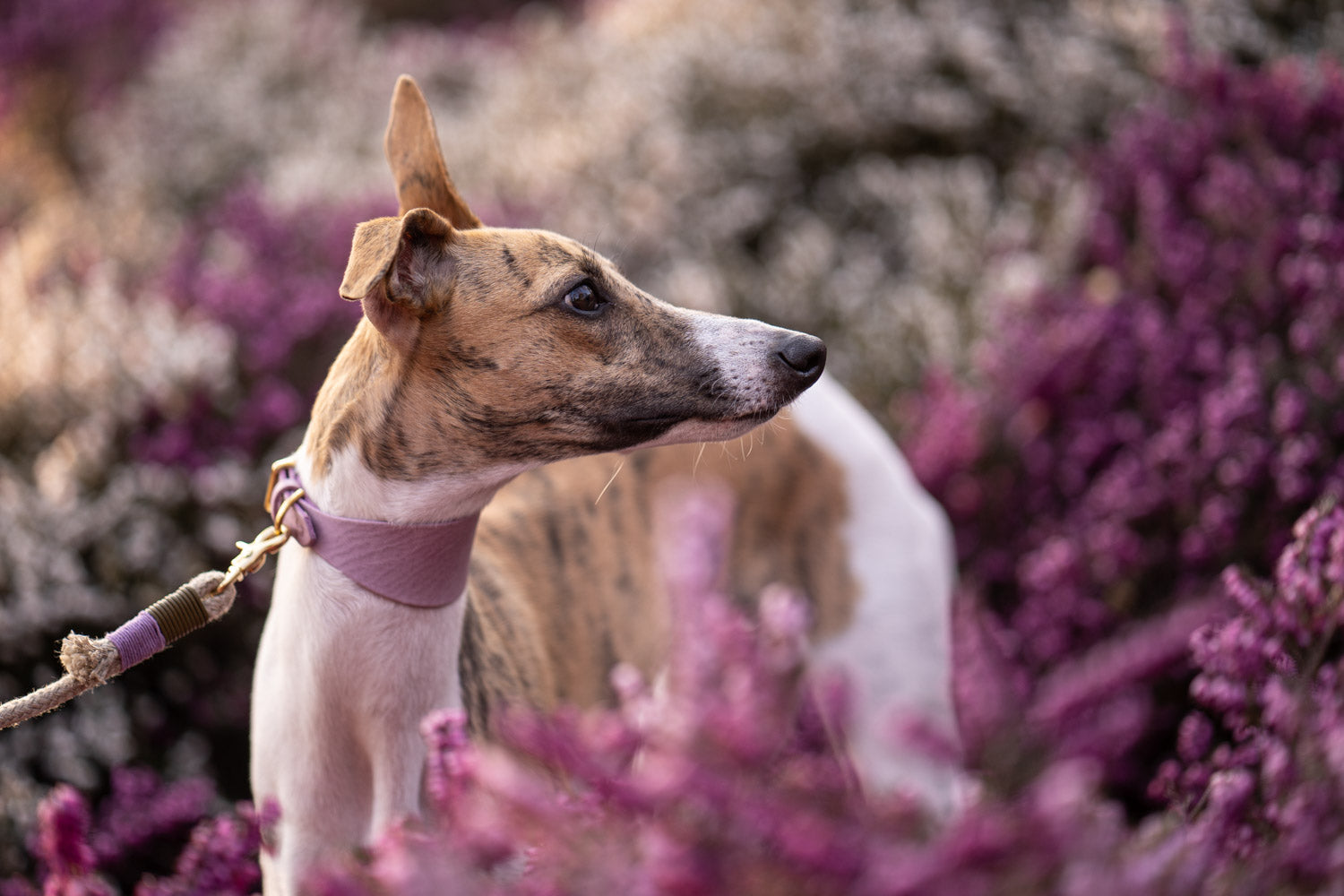
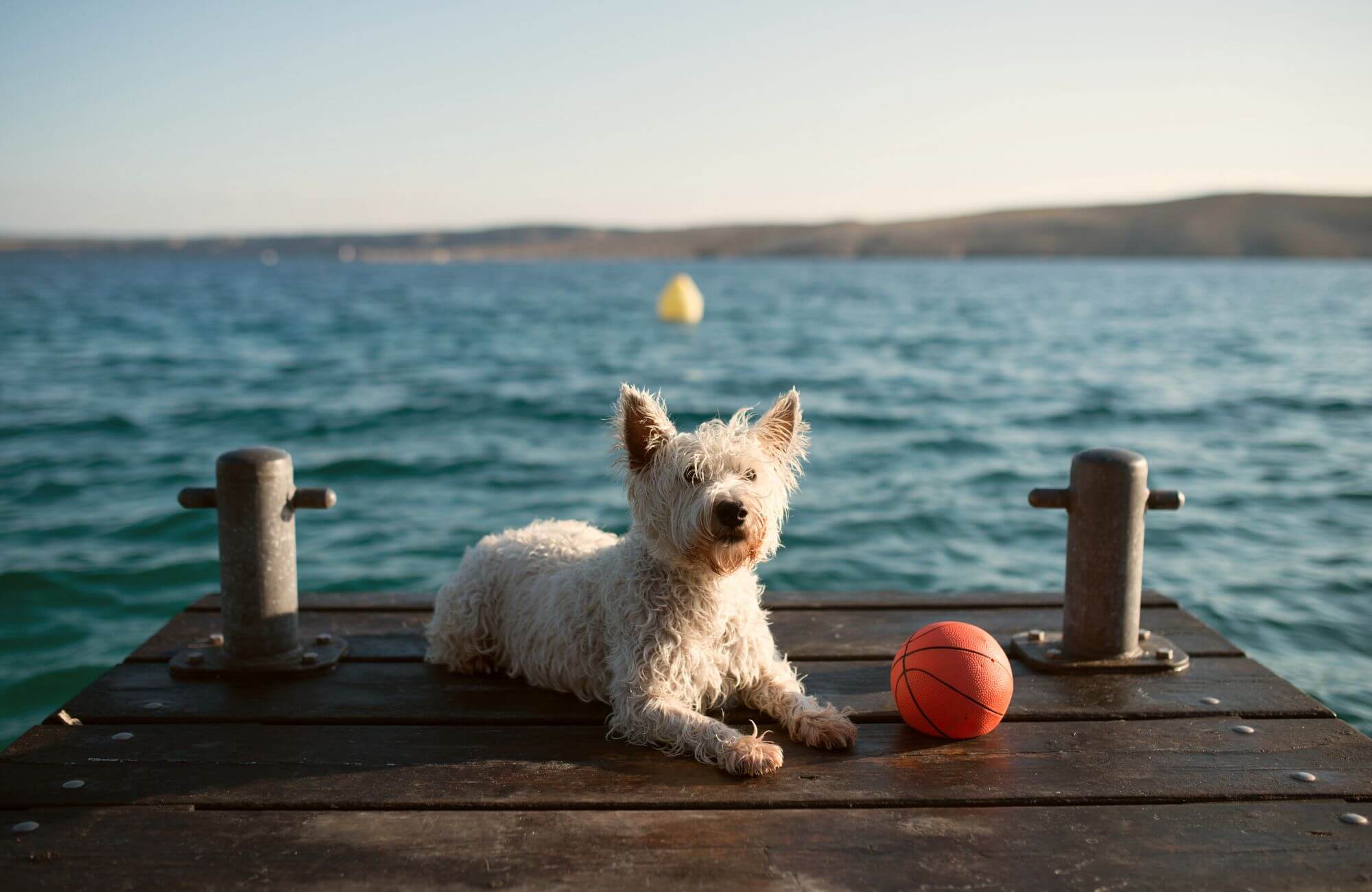

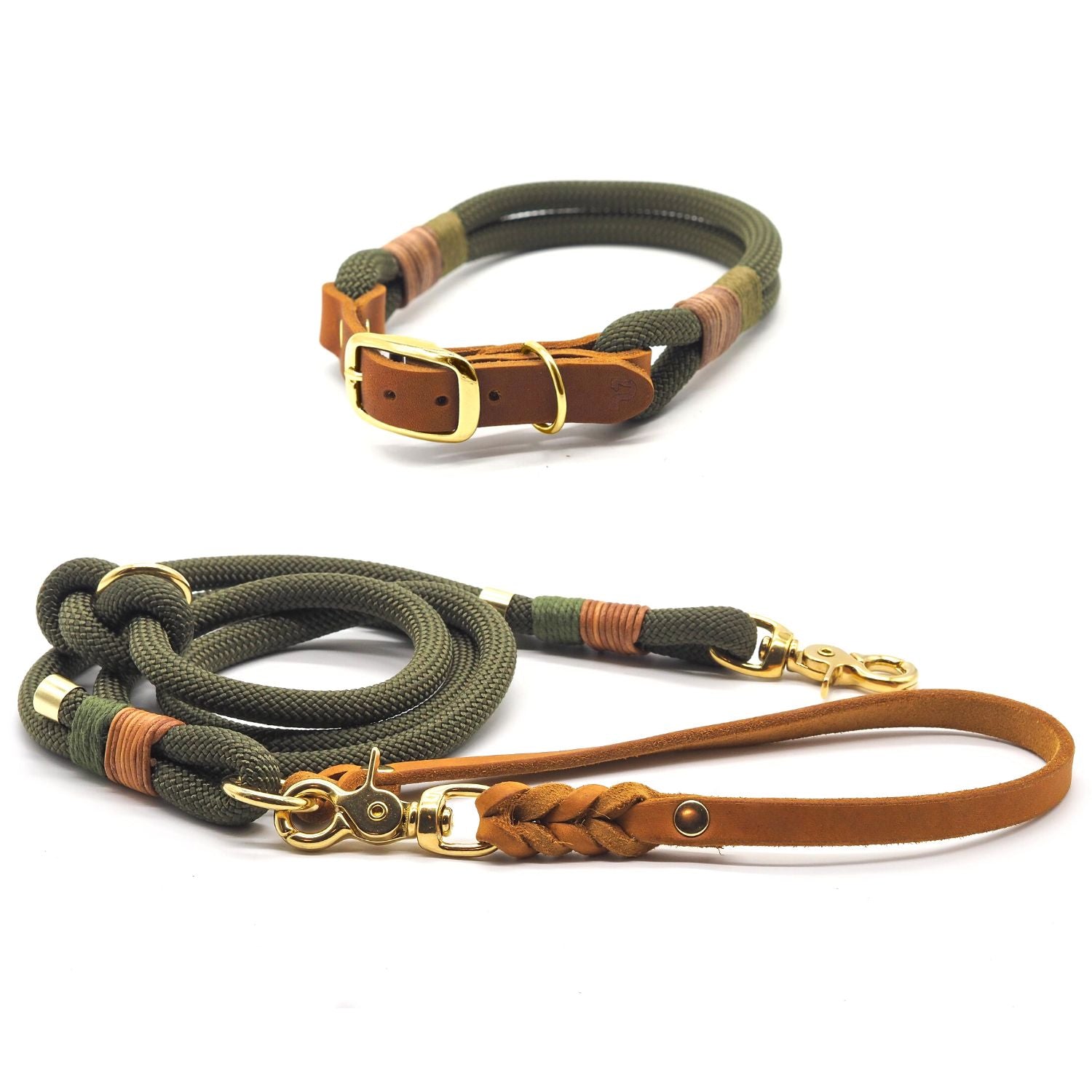

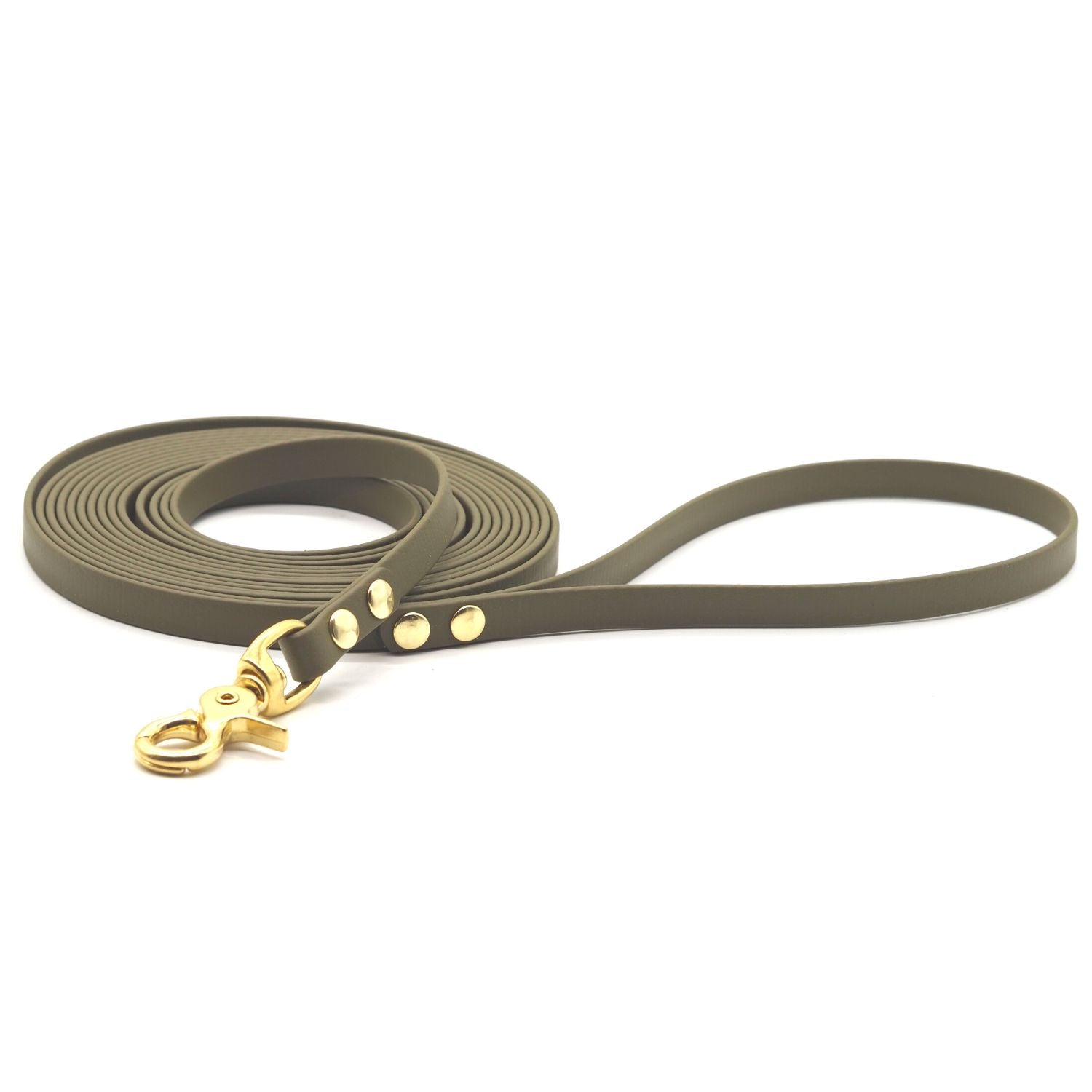
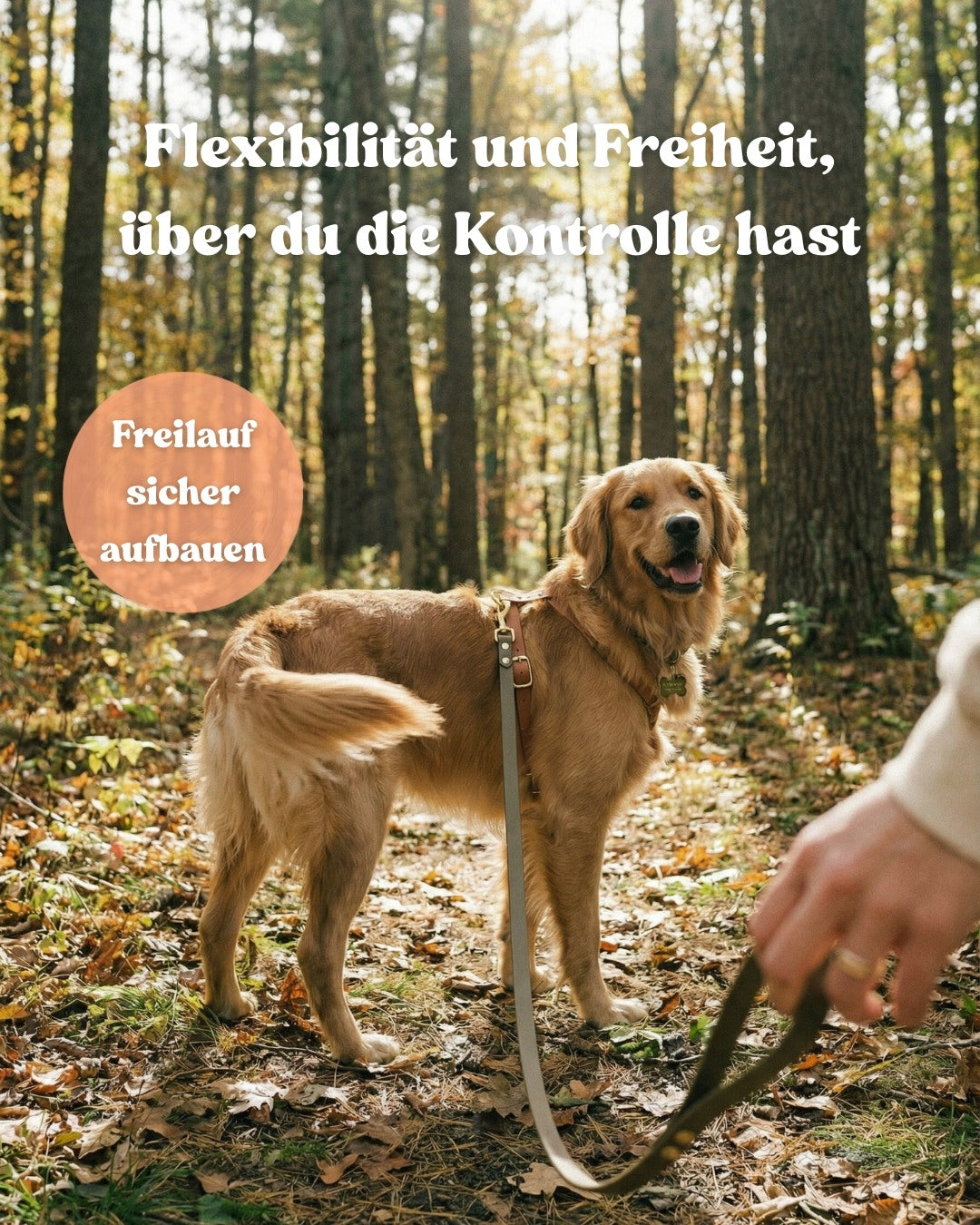
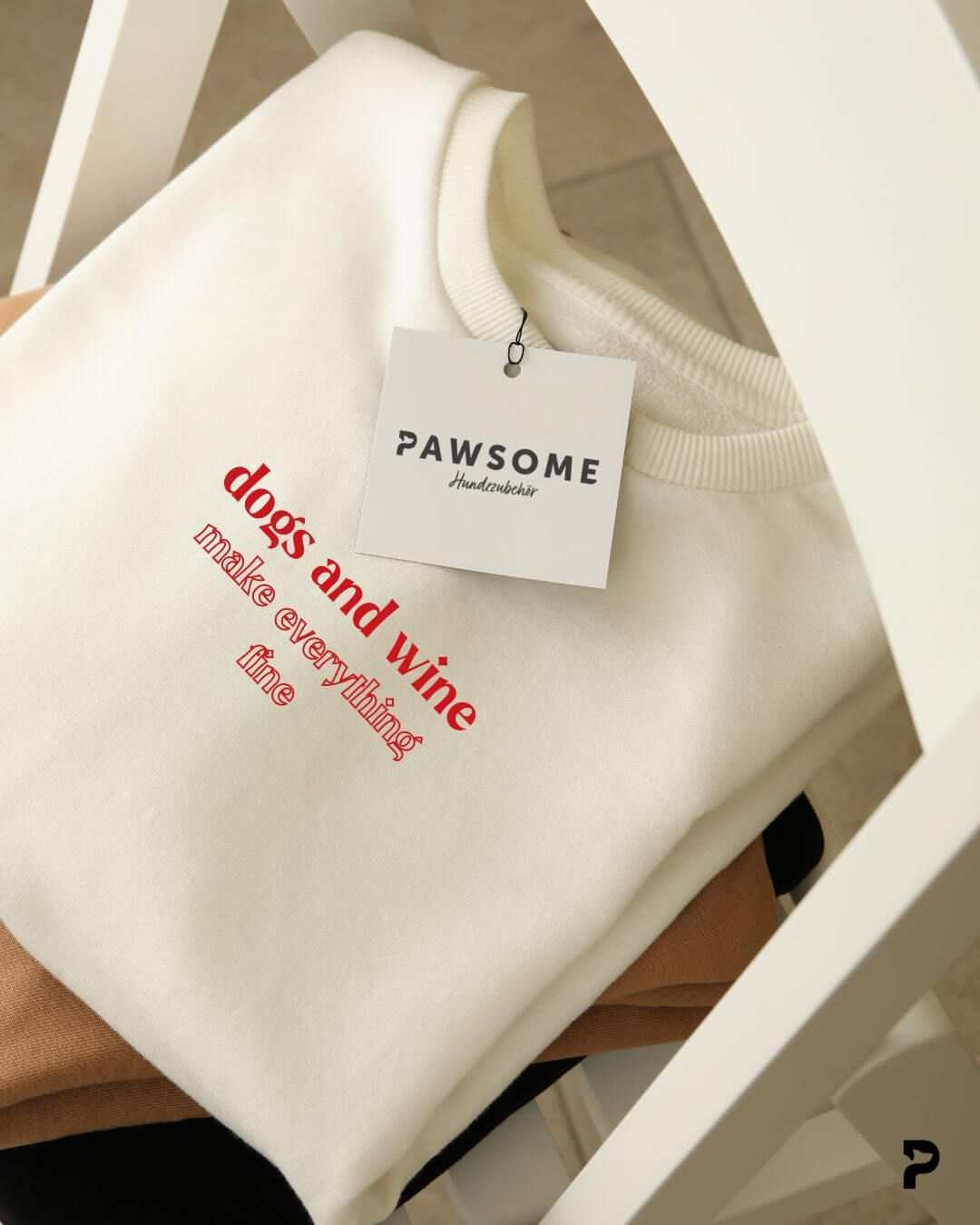
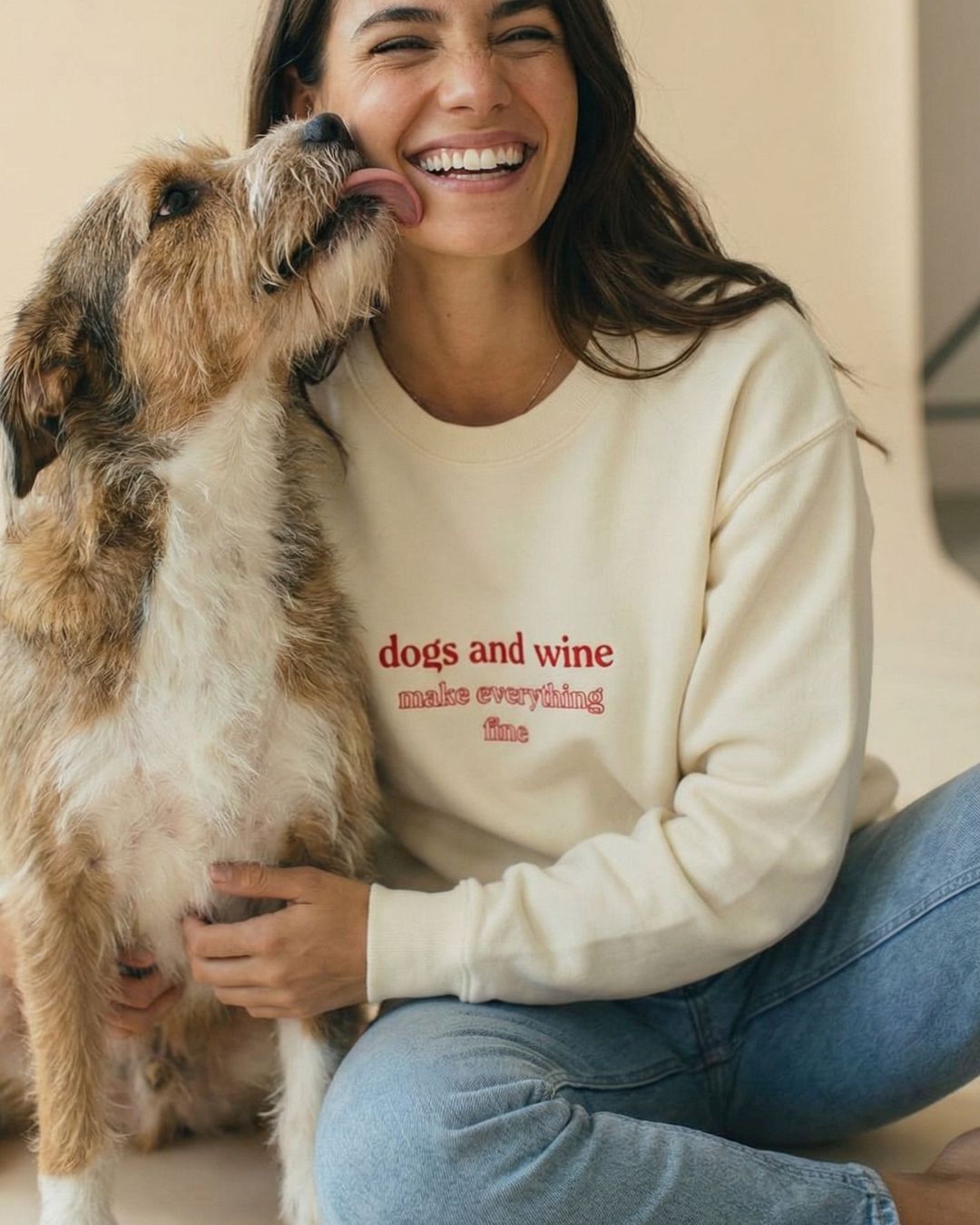
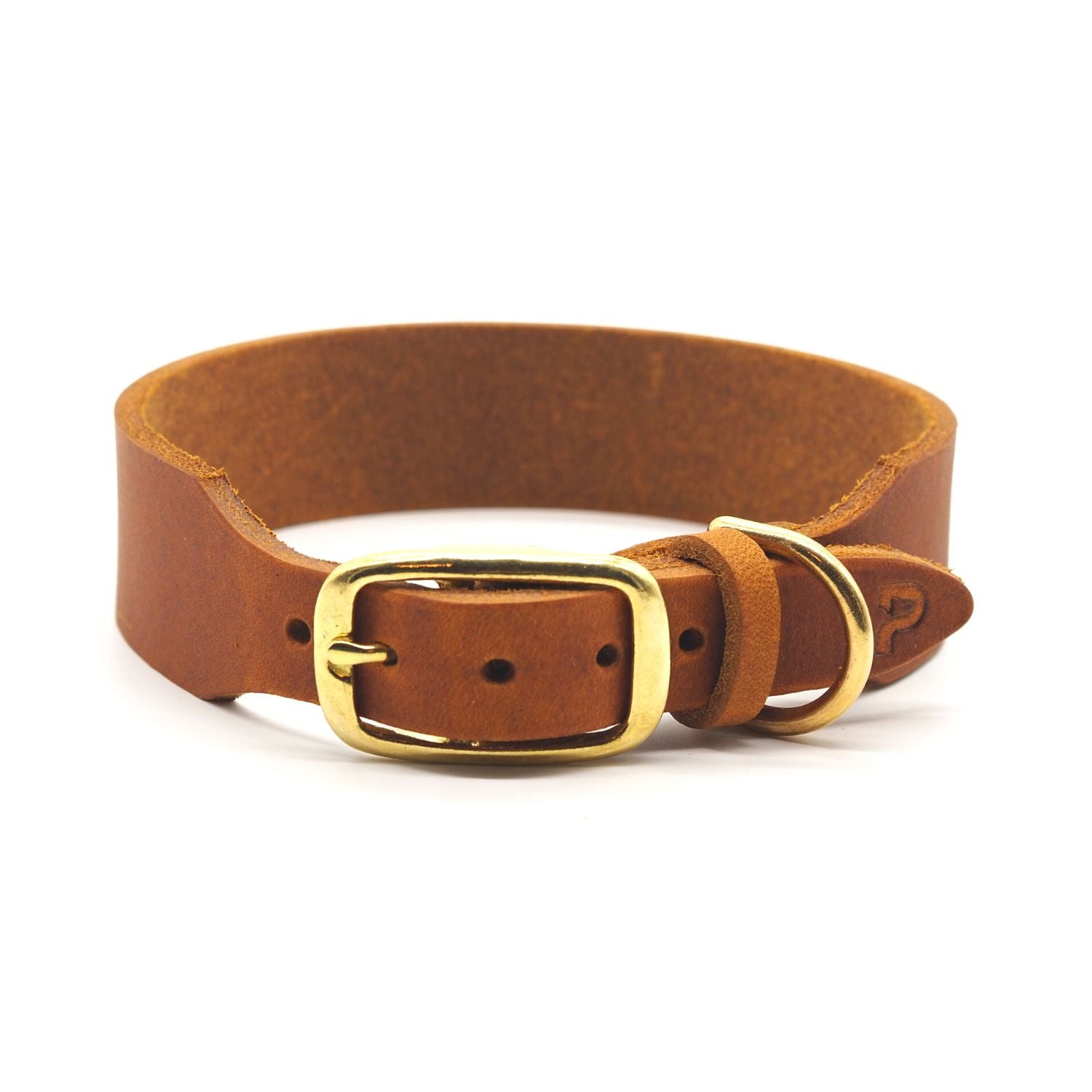
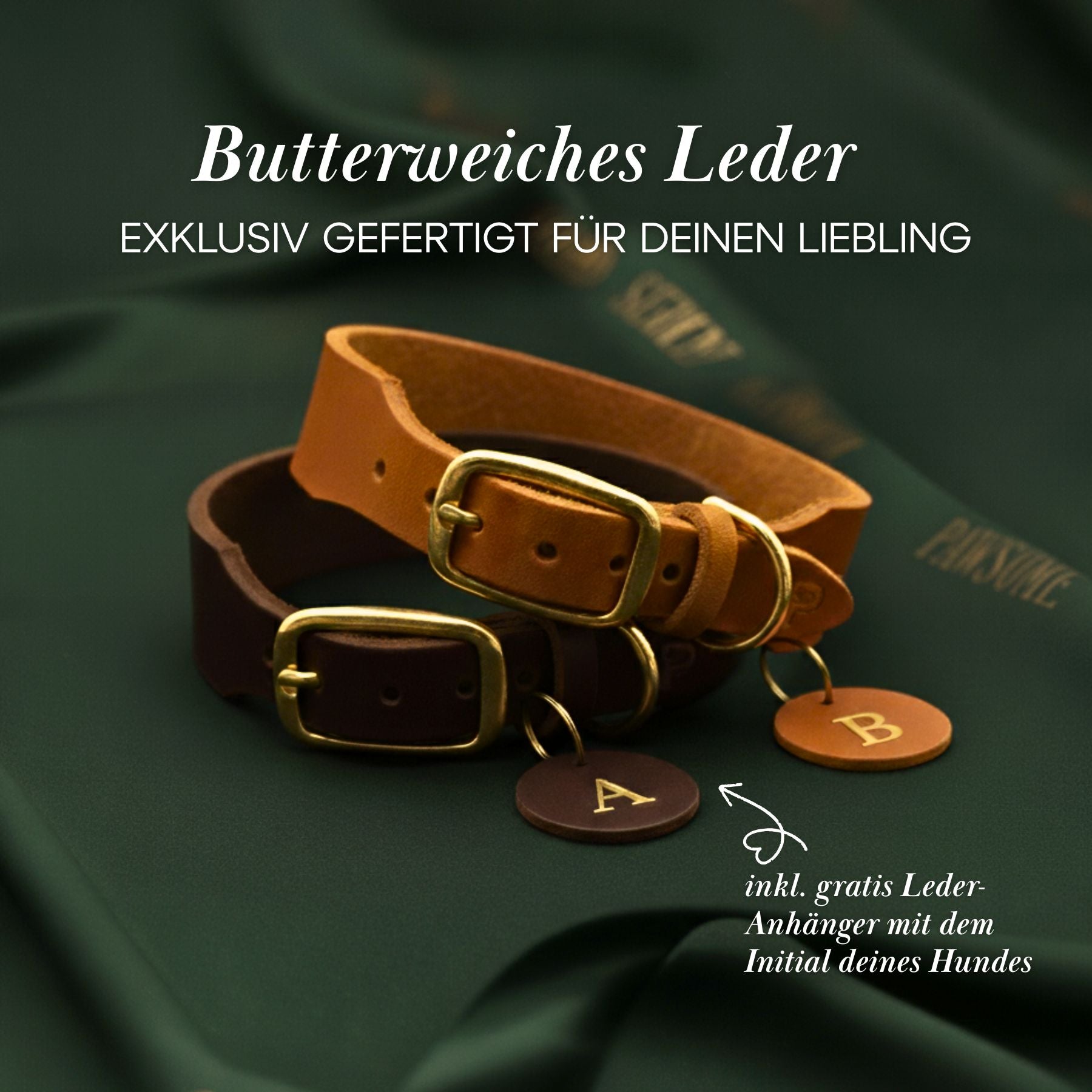
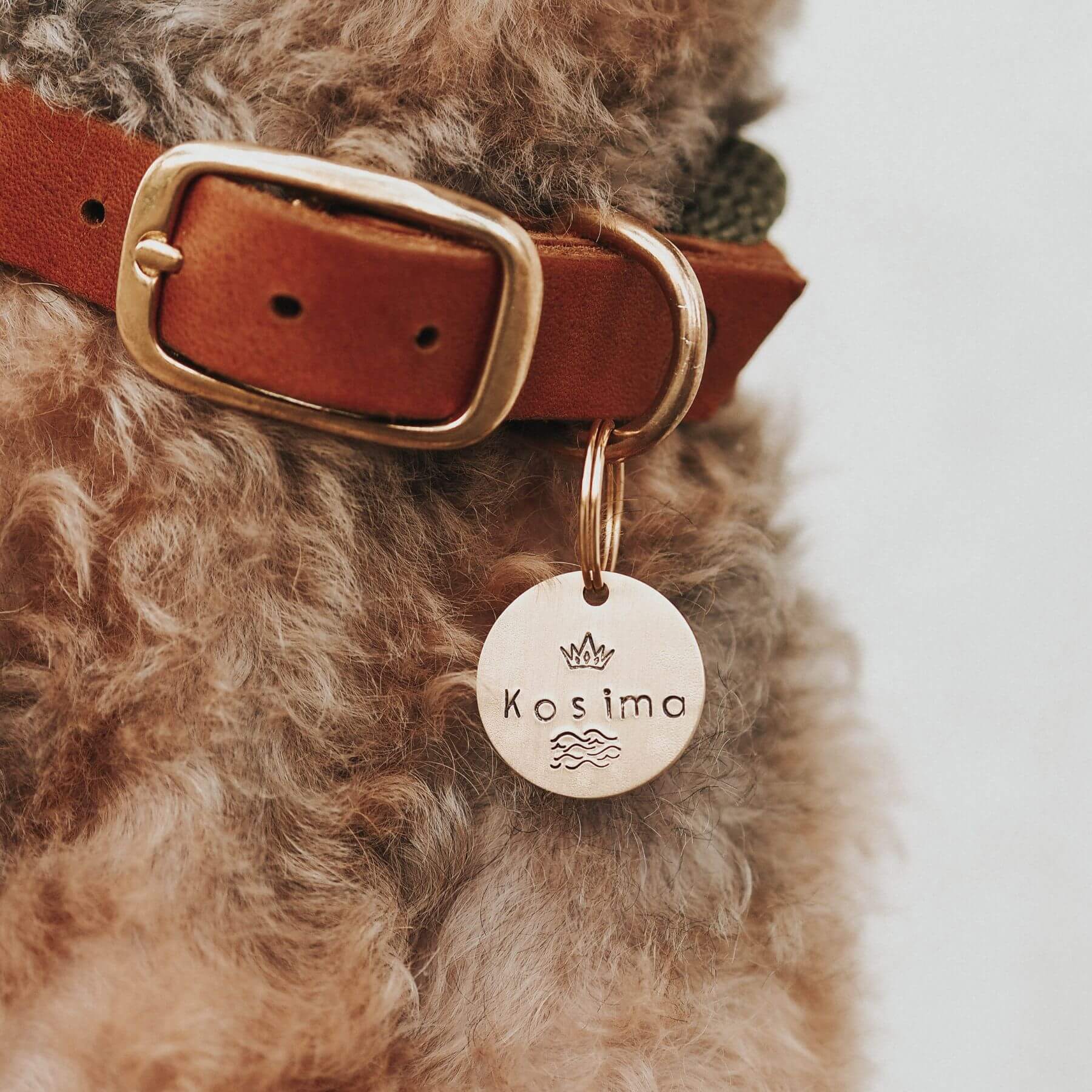





3 comments
Frauke Waldow
Wir lieben diese sensiblen Hunde sehr.
Haben Sie als Tierärztin einen kleinen Tipp für uns, einen tollen Arzt mit Erfahrungen mit dieser Rasse in unserer Nähe in Lübeck zu finden?
Ganz liebe Grüße!
Katharina Dörnen
Danke für diesen Artikel!! Sie haben in allem recht und der Mißbrauch von Tieren geht auf vielen Ebenen weiter und weiter.
Offensichtlich ist der Mensch nicht von grund auf gut, was ihn nicht hindern sollte an sich zu arbeiten, sich zu hinterfragen. Das aber schaffen nur weinige.
Hazel
Ein wunderbarer Artikel!!! Ich danke dir! Und vor allem, dass du als Tierärztin besonderes Augenmerk auf diese Rasse verwendest❤️🩹
Leave a comment
All comments are moderated before being published.
This site is protected by hCaptcha and the hCaptcha Privacy Policy and Terms of Service apply.